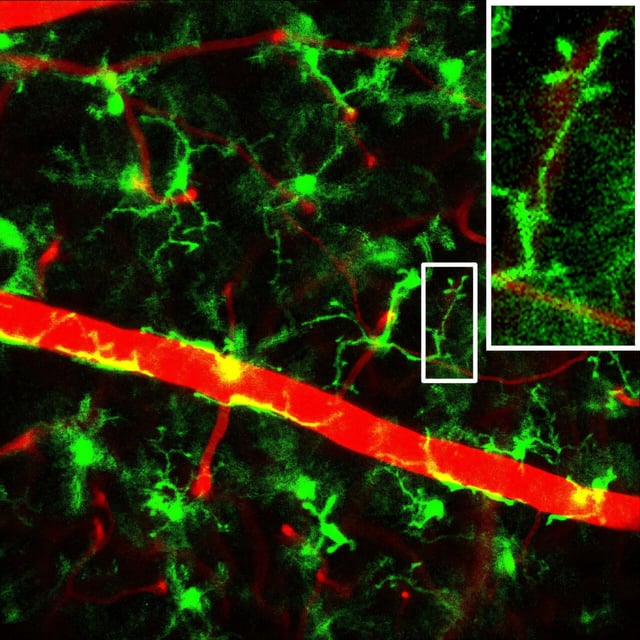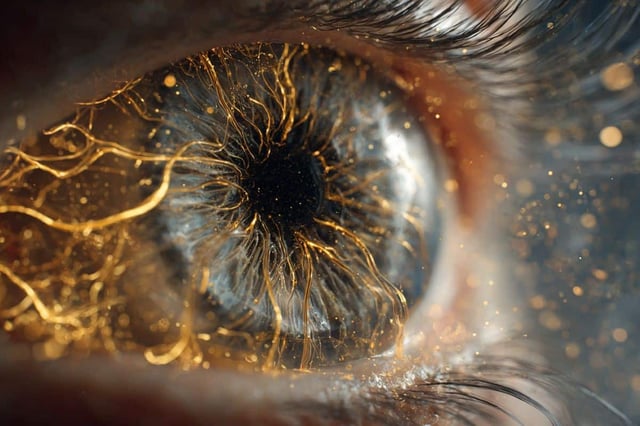Overview
- Kobe University researchers built a transpupillary two-photon system using head fixation, custom contact lenses, and a commercially available objective lens to capture stable, high-resolution views of living retinal cells in mice.
- The method enabled long-term tracking of microglia and showed heightened surveillance and motility in diabetic mice before any detectable vascular or tissue damage.
- The findings are published in the Proceedings of the National Academy of Sciences under the title 'Transpupillary in vivo two-photon imaging reveals enhanced surveillance of retinal microglia in diabetic mice' (DOI: 10.1073/pnas.2426241122).
- In experiments, the diabetes drug liraglutide restored microglial activity to normal in diabetic mice and reduced activity in healthy mice without changing blood sugar levels, suggesting a direct immunomodulatory effect.
- The team notes potential use of the approach for other retinal diseases and as a basis for non-invasive diagnostics, while emphasizing that the results are from mouse models and require human validation.

